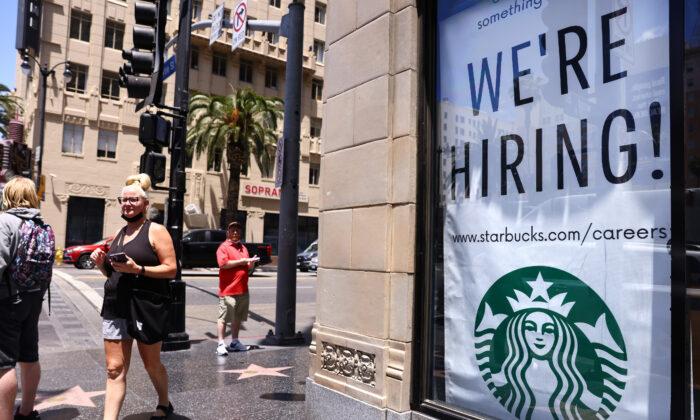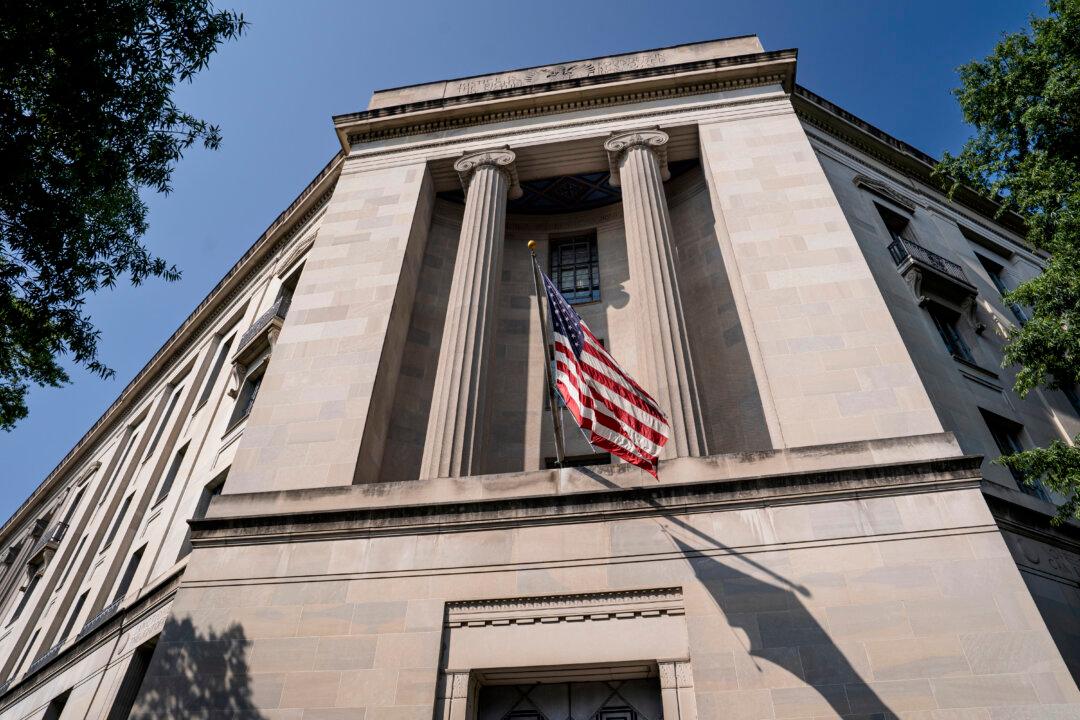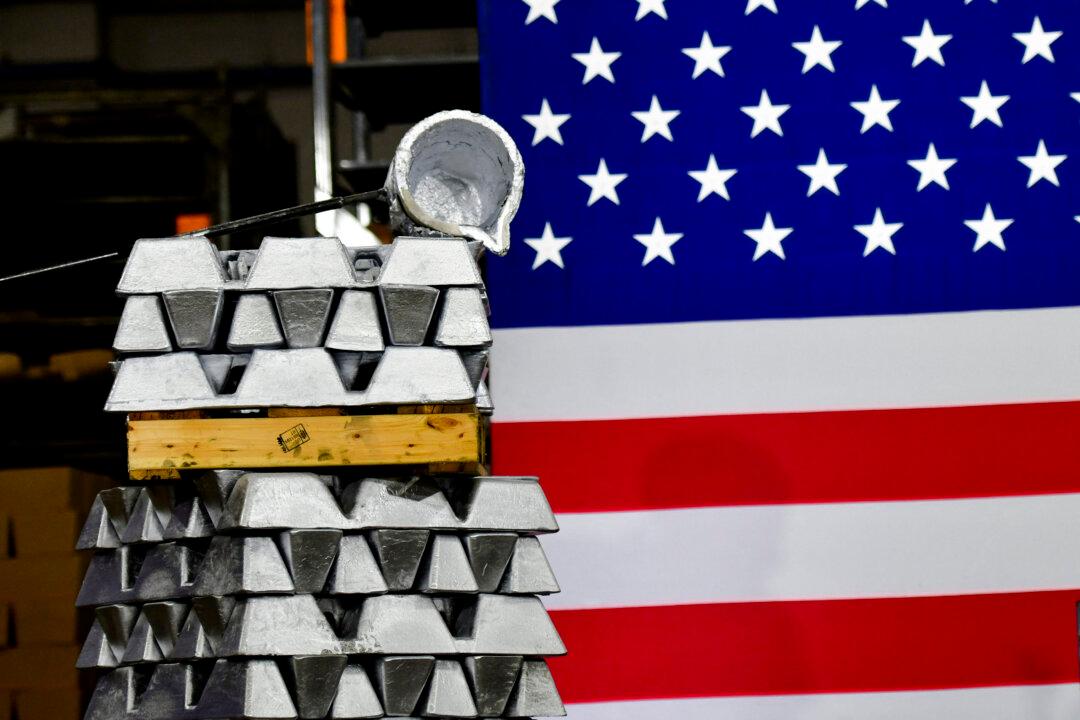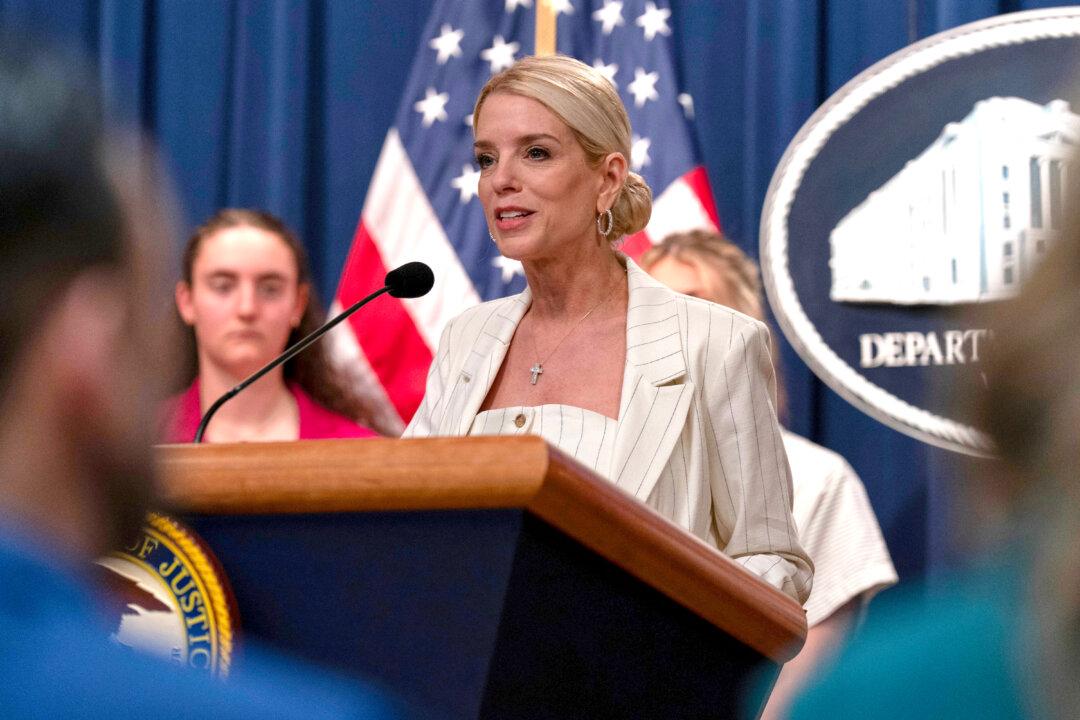Job openings in the United States surged to a record high of more than 10 million on the last day of July, while hiring lagged that figure by more than 4 million, painting a picture of an economic recovery held back by businesses struggling to fill vacant positions.
The Labor Department’s Job Openings and Labor Turnover Survey (JOLTS),
released Sept. 8, showed that the number of job vacancies jumped by 749,000 to 10.9 million on the last day of July.
The
private sector accounted for 9.9 million job openings, with the remainder coming chiefly from state and local government and a small 116,000 contribution from the federal level. Sectors leading the way in job openings were health care and social assistance (+294,000), finance and insurance (+116,000), and accommodation and food services (+115,000).
Hiring remained little changed over the month, with U.S. employers taking on 6.7 million workers, the same number as in the prior month. Hires fell in retail trades (-277,000), durable goods manufacturing (-41,000), and educational services (-23,000).
There are now 2.5 million more job openings than unemployed people in the United States. The Labor Department’s
most recent jobs report showed that the total number of unemployed people edged down to 8.4 million in August.
“The biggest challenge is matching the substantial number of jobs available with individuals in the labor force,” Bankrate senior economic analyst Mark Hamrick said in an emailed statement to The Epoch Times. “It remains to be seen whether improvement in employment wanes a bit further here in the closing act of 2021.”
Separations, which include quits, layoffs, and discharges, remained little changed over the month, at 5.8 million in July, according to the JOLTS report. The quits rate, which reflects worker confidence in being able to find a better job,
remained unchanged over the month at 2.7 percent, a historically elevated number.
While the continued reopening of the economy has driven many businesses to seek workers, hiring efforts have been hampered by a labor shortage, with analysts generally pointing to factors such as child care issues, lingering worries about the pandemic, and generous unemployment benefits. The federal pandemic jobless aid programs have now ended in all states, with future JOLTS reports sure to be closely scrutinized for a bump in hiring.
The record-high job openings and the mismatch between vacancies and hires is likely to add to pressure facing the Federal Reserve to trim its massive asset-buying program—a process known as tapering.
“Fresh record for July data. Huge pressure building for the Federal Reserve to taper. The ‘11 MILLION JOB OPENINGS!’ crew’s cries will need Bose noise-reducing everything,” Danielle DiMartino Booth, CEO and chief strategist at Quill Intelligence,
wrote in a tweet.
The Fed has been buying around $120 billion in monthly Treasury and mortgage securities, one of the crisis support measures for the economy the central bank adopted in the face of the pandemic.
Federal Reserve Chairman
Jerome Powell said at the Jackson Hole Symposium several weeks ago that central bank policymakers would need to see “substantial further progress” toward the Fed’s maximum employment mandate as a prerequisite to start trimming asset purchases.
The recent Nonfarm Payrolls report, which showed U.S. employers creating far fewer jobs than expected, weakened the case for the Fed to move quickly to taper its bond-buying program, according to some analysts. But St. Louis Federal Reserve Bank President James Bullard
told the Financial Times in an interview that the central bank should move forward with tapering, despite the job growth slowdown.
“There is plenty of demand for workers and there are more job openings than there are unemployed workers,” Bullard told the outlet. “If we can get the workers matched up and bring the pandemic under better control, it certainly looks like we’ll have a very strong labor market going into next year.”
On Sept. 3, the Labor Department
reported that the economy generated 235,000 jobs in August compared to expectations of around 750,000, while the unemployment rate fell to 5.2 percent.





